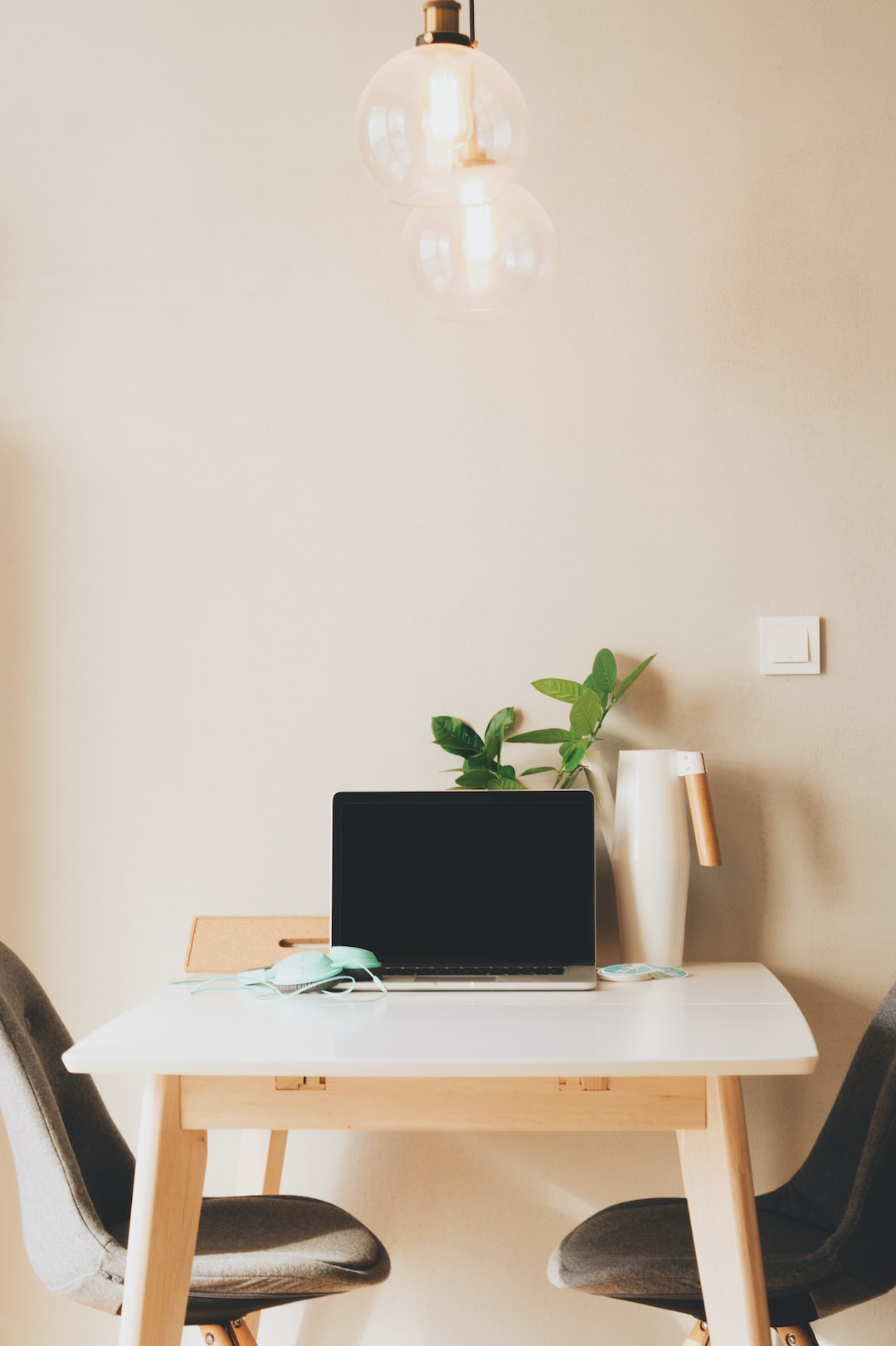Understanding the Psychology of Color in Design
In the world of design, color is a powerful tool that designers use to evoke emotions, create a visual impact, and communicate messages to their audience. It’s essential to understand the psychology of color to make informed decisions in your design process. So, let’s dive deeper into how colors can influence our perception and behavior.
Firstly, it’s important to recognize that different colors have different meanings and can elicit specific emotional responses. For instance, red is often associated with passion, energy, and excitement. It grabs attention and can evoke a sense of urgency. On the other hand, blue is often linked to calmness, trust, and reliability. It’s commonly used in corporate branding to create a sense of professionalism and trustworthiness.
Understanding the cultural connotations of colors is also crucial. Colors can have different meanings and interpretations across cultures. For example, in Western cultures, white is often associated with purity and simplicity, while in some Eastern cultures, it can represent mourning and death. Being aware of these cultural associations is essential, especially when designing for a global audience.
Color combinations are equally important. Different combinations can create a particular mood or atmosphere. The concept of color harmony is often used to create visually appealing designs. Analogous colors, those that are adjacent to each other on the color wheel, create a sense of harmony and unity. Complementary colors, on the other hand, those that are opposite to each other on the color wheel, create a strong contrast and can be used to draw attention.
Color psychology also plays a role in marketing and branding. Brands often choose specific colors to elicit certain feelings or associations with their products or services. For example, many fast-food chains use red and yellow in their logos and branding because these colors are believed to stimulate appetite and create a sense of urgency. Tech companies often use blue to evoke a sense of trust and professionalism.
Beyond evoking emotions and communicating messages, colors can also influence our behavior. Studies have shown that color can have an impact on our perception of taste, appetite, and even decision-making. For example, restaurants may use warm colors like red and orange to stimulate appetite and encourage customers to order more food. Similarly, retail stores often use bright colors to attract shoppers and create a sense of urgency to make a purchase.
In conclusion, understanding the psychology of color in design is crucial for creating impactful and effective designs. Different colors have different meanings and can evoke specific emotions and associations. Cultural connotations and color combinations also affect how colors are perceived. Moreover, color plays a role in marketing and branding by influencing consumers’ perception and behavior. By utilizing color strategically, designers can create designs that not only look aesthetically pleasing but also evoke the desired emotional and psychological responses from their audience.
